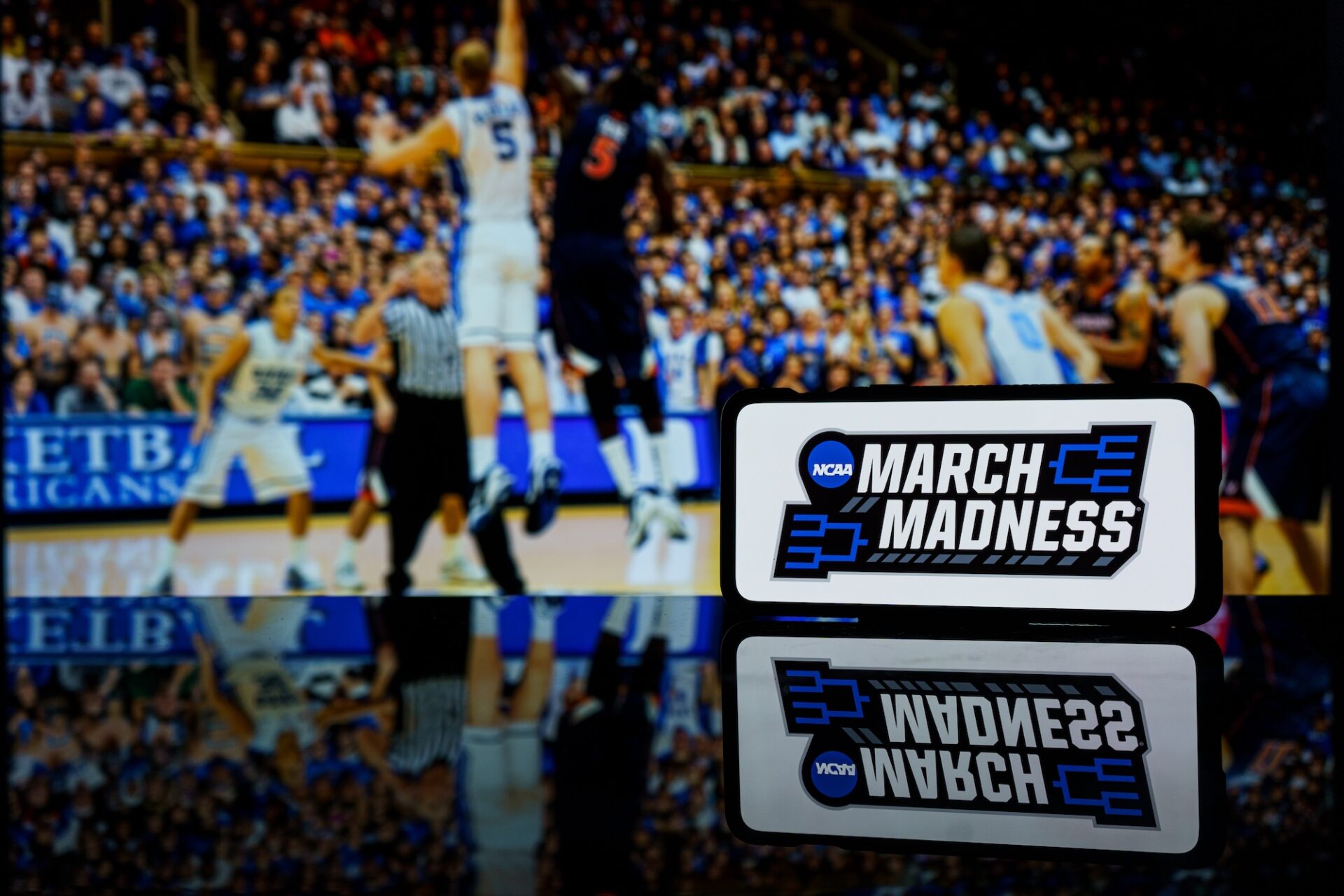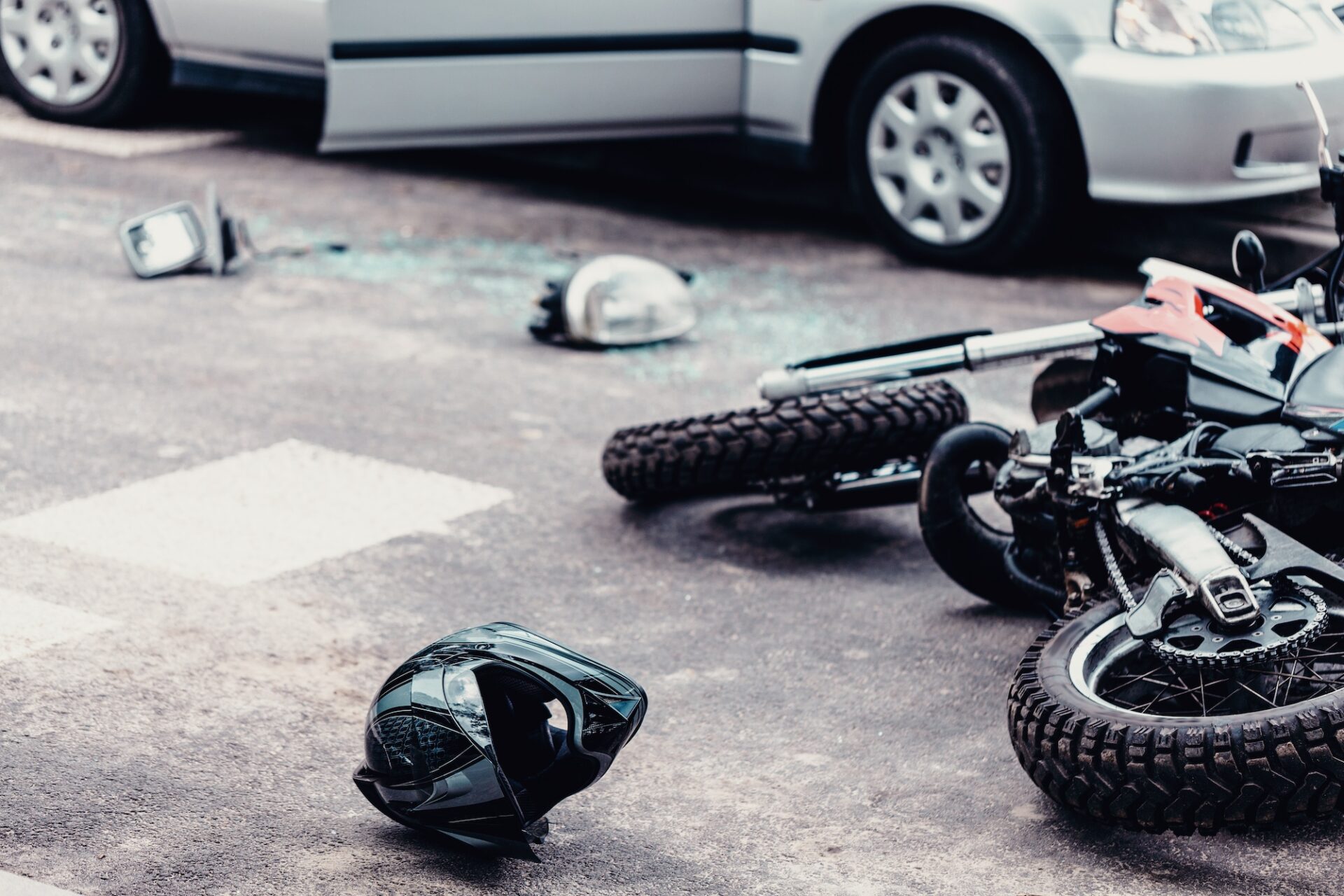According to the National Highway Safety & Transportation Administration, “There are over 4 million motorcycles registered in the United States. Motorcycle fatalities represent approximately 5% of all highway fatalities each year.”
When sharing the road with large, fast, powerful automobiles, motorcycle drivers have a disadvantage when it comes to staying safe and avoiding a collision. The NHSTA offers several ways that motorcycle operators can stay as safe as possible while on the road:
1. Follow the rules
Remember that a motorcyclist must abide by the same traffic rules and regulations as other motorists. Before taking your motorcycle on a public road, become familiar with traffic rules and regulations and any special requirements for motorcycles.
2. Take care of passengers
Be aware that riding with a passenger requires even more skill than riding alone. Riding with a passenger should be delayed until you have considerable solo riding time and are ready to take on the responsibility of carrying a passenger.
3. Wear a helmet
Safety helmets save lives by reducing the extent of head injuries in the event of a crash. Many good helmets are available. Make sure it fits comfortably and snugly and is fastened for the ride. When choosing a helmet, look for the DOT label on the helmet. The DOT label on helmets is the manufacturer’s certification that the helmet conforms to the federal standard. In many states, wearing a helmet is required by law. Passengers should also wear a helmet.
4. Protect your eyes
Since many motorcycles don’t have windshields, riders must protect their eyes against insects, dirt, rocks, or other airborne matter. Even the wind can cause the eyes to tear and blur vision, and good vision is imperative when riding. Choose good quality goggles, glasses with plastic or safety lenses, or a helmet equipped with a face shield.
5. Make yourself clearly visible
Upper body clothing should be brightly colored. Some riders wear lightweight reflective orange or yellow vests over their jackets. Retro-reflective material used on clothing, helmet, and the motorcycle helps to make the rider visible to other motorists, especially at night. A high percentage of motorcycle-vehicle crashes occur because the driver of the other vehicle can’t see the motorcycle driver in time to avoid a collision.
6. Be aware at intersections
Be especially alert at intersections. Approximately 70% of motorcycle-vehicle collisions occur at intersections. Watch for vehicles that may unexpectedly turn in front of you or pull out from a side street or driveway. At intersections where vision is limited by shrubbery, parked vehicles, or buildings, slow down, double-check traffic, and be prepared to react quickly.
7. Scan the road for hazards
Watch the road surface and traffic ahead to anticipate problems and road hazards. Road hazards that are minor irritations for an automobile can be a major hazard for a rider. Hazards include potholes, oil slicks, puddles, debris or other objects on the roadway, ruts, uneven pavement, and railroad tracks.
8. Assume that other drivers don’t see you
Be aware that riding with a passenger requires even more skill than riding alone. Riding with a passenger should be delayed until you have considerable solo riding time and are ready to take on the responsibility of carrying a passenger.
Following these tips can contribute to creating a safer driving experience for automobile and motorcycle drivers alike. But if you find yourself involved in a collision, call Smith Injury Law at (864) 236-5530. We’re ready to help you no matter the time or day.
Disclaimer: Principle office is located at 1210 Laurens Rd, Greenville, SC 29607. No fee unless the case is settled or won, costs may be excluded.




